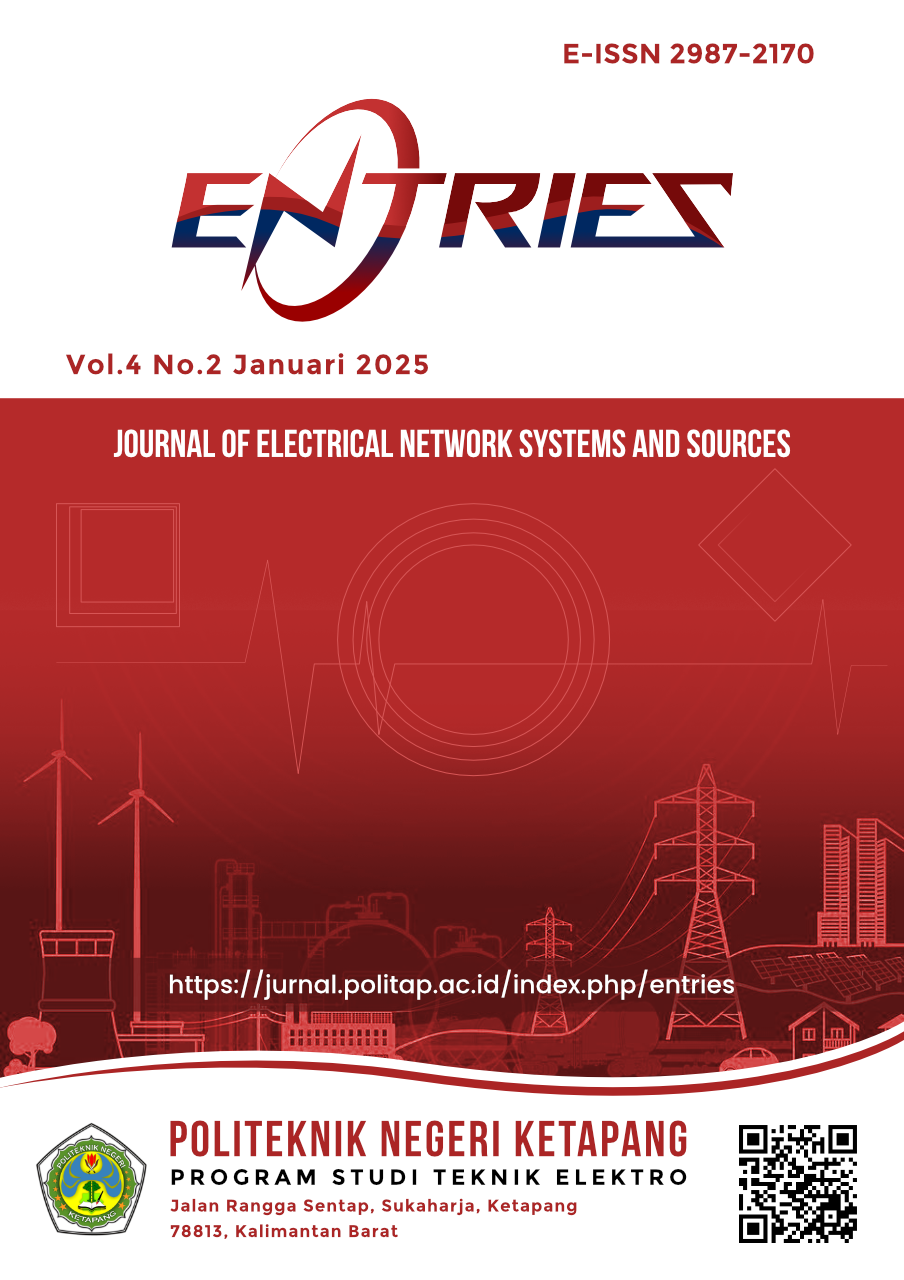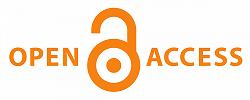Implementation Barcode Scan of Polnep Electro Library Book Borrowing based on ESP32 and Google Spreadsheets
 https://doi.org/10.58466/entries.v4i2.1804
https://doi.org/10.58466/entries.v4i2.1804
Keywords:
ESP32, Google Spreadsheets, LibraryAbstract
Libraries are media or institutions that act as library materials, in the form of written materials such as books, journals, and magazines. This media is used as a vehicle for education, research, and preservation of information that is arranged systematically with certain rules. Some libraries still use book borrowing and returning transactions in writing in books, one of which is the library of the Electrical Engineering Department of Pontianak State Polytechnic. This research is intended to simplify the transaction process in the library. The process of borrowing library books and reading membership uses a barcode scanner as input or sensor. Google spreadsheet is used as data storage received from the controller. The process that is passed is the process of data collection of books, the process of borrowing transactions and returning books.
References
Aditomo Mahardika Putra, R., Pratiwi, D., Pramita, G., & Dewantoro, F. (2023). Implementasi Perpustakaan Digital Di SMK Negeri 1 Trimurjo, Kabupaten Lampung Tengah. Jeit-Cs, 1(3), 180–186.
Irawan, D., Intan, B., & Astuti, E. T. (2022). Sistem Informasi Perpustakaan Pada Sma Negeri Jayaloka Berbasis Web Dan Barcode Scanner. Jurnal Teknologi Informasi Mura, 14(2), 91–101. https://doi.org/10.32767/jti.v14i2.1826
No, V., Hal, J., Barcode, M., Sekolah, D., Raden, M. A., & Wakhidah, K. (2023). Rancangan Sistem Informasi Perpustakaan Berbasis Website.
Nizam, M. N., Haris Yuana, & Zunita Wulansari. (2022). Mikrokontroler Esp 32 Sebagai Alat Monitoring Pintu Berbasis Web. JATI (Jurnal Mahasiswa Teknik Informatika)








 This journal has been indexed by:
This journal has been indexed by: 

